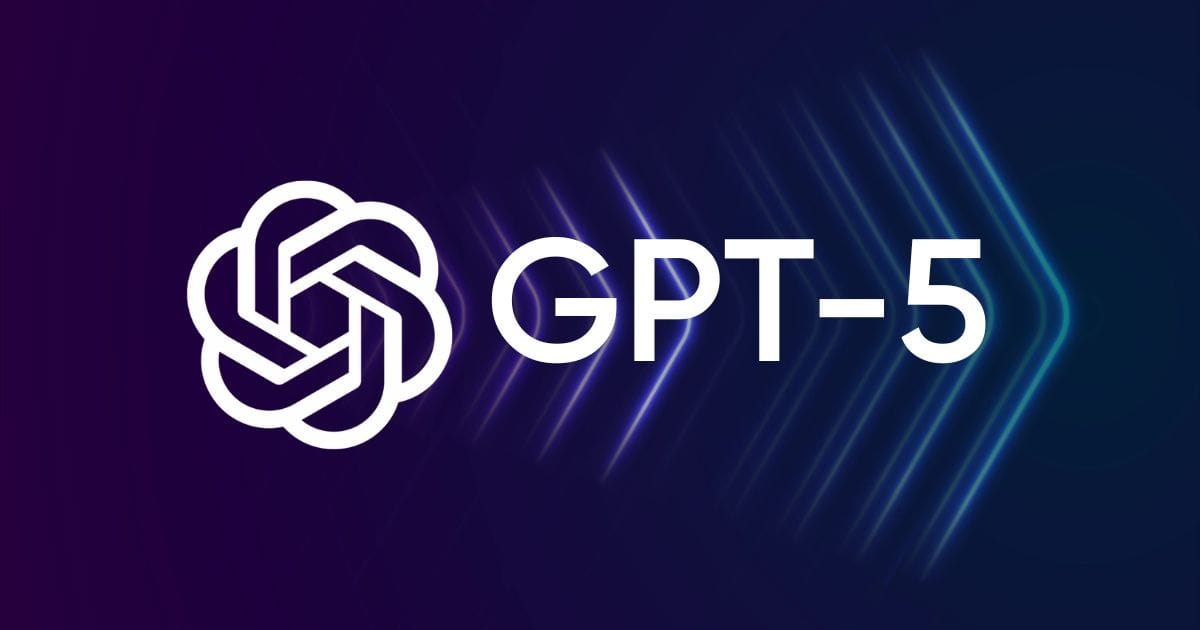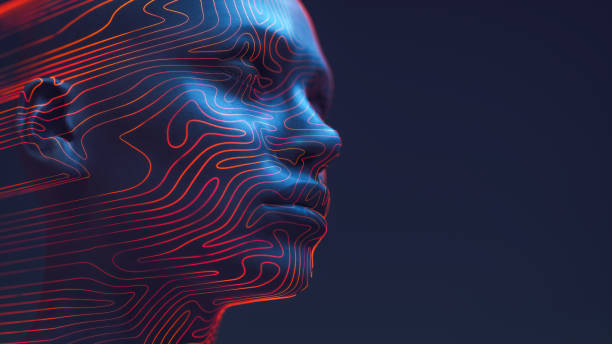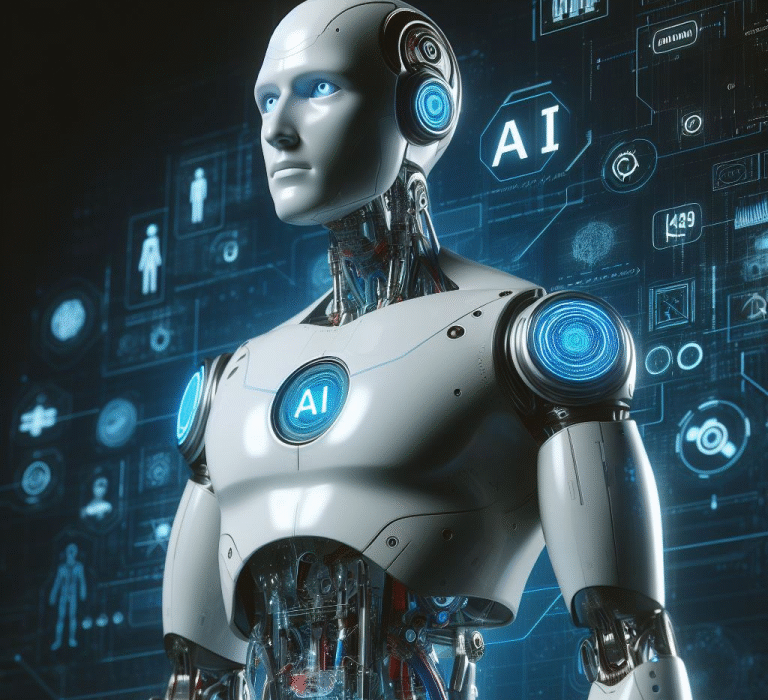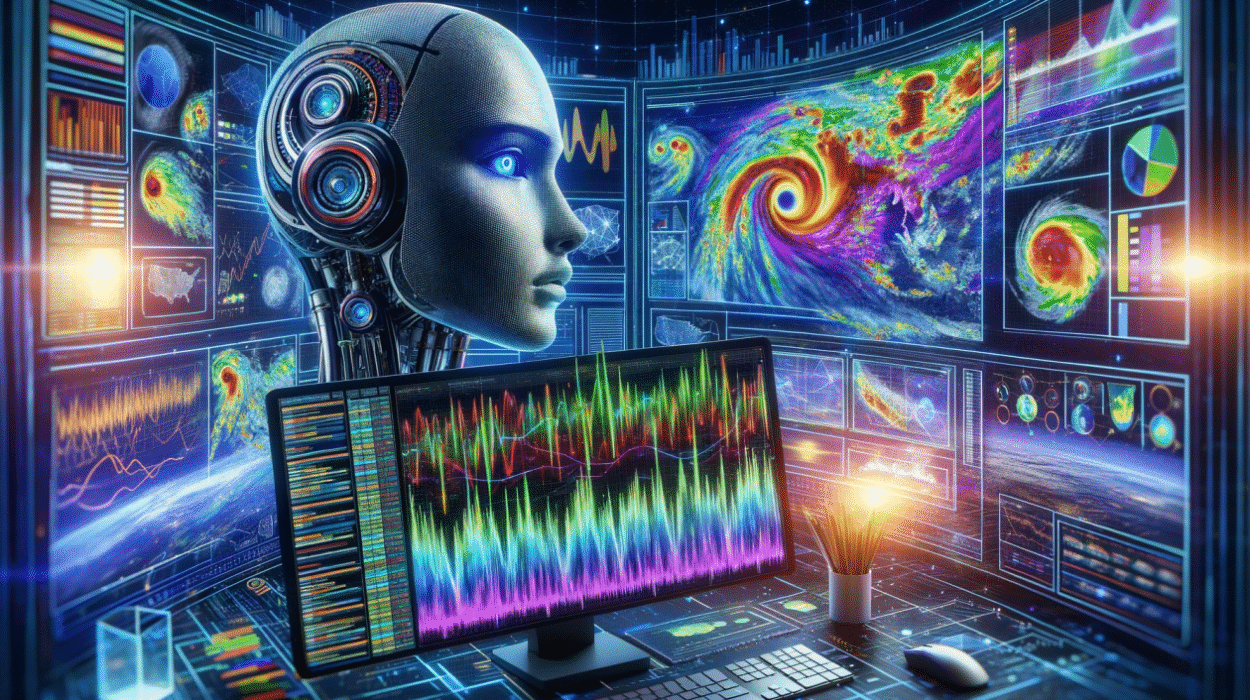The old boundaries between “human-made” and “machine-made” content are dissolving into a partnership unlike anything the creative world has seen before. This is not the era of AI replacing artists, writers, and filmmakers. Instead, it is the age of collaboration—where artificial intelligence amplifies human vision, strips away creative bottlenecks, and lets imagination run unrestrained.
Five years ago, many creators still feared that AI would turn their work into an assembly line of soulless automation. But today, the best tools feel less like industrial machines and more like creative companions—each with a personality, a specialty, and a way of sparking new ideas you didn’t even know you had. They remember your tone. They adapt to your quirks. They argue with you when they think you’re settling for less than your best.
Across industries—from solo YouTubers editing videos in a bedroom, to multi-million-dollar agencies producing global campaigns—the same truth is emerging: AI is no longer just a tool, it’s a creative partner.
Below, we explore the ten most transformative AI tools for content creation in 2025. These are not simply apps or algorithms; they are the co-writers, co-directors, and co-visionaries of a new creative renaissance.
1. ChatGPT (GPT-5) – The Empathetic Architect of Ideas
When OpenAI launched GPT-5, even seasoned AI researchers admitted they were surprised. The leap from GPT-4 to GPT-5 wasn’t just an upgrade in scale—it was a transformation in how language models understand and carry forward complex ideas.
Earlier versions could imitate style, generate quick drafts, and brainstorm headlines. GPT-5 feels… aware. Not conscious in the science-fiction sense, but aware enough to remember your long-term creative vision and help you nurture it over the course of an entire project.
A novelist can spend weeks workshopping plot ideas with GPT-5, returning day after day, and the AI will recall not just the facts of the story but the emotional intentions behind them. A marketing strategist can outline a year-long campaign, and GPT-5 will keep the tone and objectives intact across dozens of deliverables.
Technically, GPT-5 achieves this through extended context windows—meaning it can reference vastly more of your previous conversation without losing track. It also integrates dynamic emotional tuning, adjusting word choice and pacing in real time based on the mood you want to evoke. If you ask it to make a paragraph “hopeful but realistic,” it won’t just add optimistic words—it will reshape the narrative arc so that readers feel hope naturally by the end.
The real magic happens when GPT-5 starts asking you questions back. If your script for a documentary feels too fact-heavy, it might gently point out: “This section is strong on data, but where’s the human story?” That’s not automation. That’s collaboration.
For creators who once feared AI would erase their voice, GPT-5 has proven the opposite—it gives them room to make that voice louder, clearer, and more resonant.
2. Claude Pro – The Thoughtful Long-Form Companion
If GPT-5 is the quick-witted conversationalist, Claude Pro, developed by Anthropic, is the friend who will sit with you until 3 AM making sure your 400-page manuscript is watertight.
Claude Pro’s defining strength is deep document comprehension. In 2025, it can process the equivalent of several entire novels in one go, analyzing, summarizing, or cross-referencing without losing a single thread. This is a dream for anyone producing large, interconnected works: authors, policy analysts, investigative journalists.
Where GPT-5 excels at creativity and emotional tone-shaping, Claude feels measured and meticulous. It’s the AI you turn to when accuracy, consistency, and narrative coherence matter above all else. If you’re writing a fantasy trilogy, Claude will keep track of your fictional world’s geography, character histories, and even the timeline of invented events—making sure nothing contradicts itself three books later.
This precision comes from Anthropic’s constitutional AI framework, which blends vast language modeling with explicit ethical and logical guidelines. The result is an assistant that doesn’t just follow your instructions—it evaluates them for clarity, fairness, and potential pitfalls. For brands handling sensitive topics—mental health, environmental policy, human rights—Claude is invaluable.
Working with Claude often feels like having an editor who cares as much about the integrity of your work as you do. It won’t push flashy shortcuts; it will push you to finish strong.
3. Jasper.ai – The Marketing Powerhouse
If there’s one battlefield where AI has completely changed the game, it’s marketing. And Jasper.ai has become the general leading that campaign.
Jasper’s biggest asset in 2025 is its Brand Voice Memory. You train it once—by feeding past campaigns, style guides, customer personas—and it never forgets. Whether you need a 2,000-word blog post, a 10-second TikTok script, or a product description in three languages, Jasper delivers in the exact tone and rhythm your audience expects.
The shift is staggering. Where marketing teams once spent weeks coordinating to ensure consistent messaging, one person with Jasper can now run multi-channel campaigns that feel like they came from a full department.
More than a writer, Jasper has become a strategist. It uses real-time market trend analysis to propose campaign ideas you might never have considered. If your audience engagement is dropping, it will identify patterns and suggest content pivots—sometimes before you even notice the slump.
For creators juggling brand partnerships, product launches, and personal content all at once, Jasper is less a tool and more a marketing co-pilot.
4. Copy.ai – The Social Media Spark
In the attention economy, speed matters as much as substance. Copy.ai is built for creators who live in the rapid-fire world of social media, where trends can bloom and die in a day.
Its “Prompt-to-Campaign” system lets you feed a single idea—“launching a sustainable streetwear line”—and get back an entire set of captions, hashtags, post ideas, and engagement prompts, all tuned to the latest platform dynamics.
By 2025, Copy.ai’s micro-trend prediction algorithms are frighteningly accurate. It can spot emerging meme formats and cultural conversations before they hit mainstream awareness, giving creators a head start in shaping the narrative.
It’s the difference between reacting to a trend and owning it. For influencers, indie brands, and small teams, this agility is priceless.
5. Notion AI – The All-in-One Creative Organizer
If chaos is the enemy of creativity, Notion AI is the peacekeeper.
By 2025, Notion has evolved from a productivity app into a thinking environment—a space where your notes, outlines, drafts, and creative assets are not only stored but actively shaped by AI.
Notion AI can auto-summarize research, restructure project outlines, and even generate first drafts based on your scattered bullet points. It can connect related ideas across your entire workspace, turning forgotten meeting notes from six months ago into the missing link for your current project.
For multidisciplinary creators—someone running a podcast, a newsletter, and a consulting business at once—Notion AI acts as the central brain that keeps everything coherent. It doesn’t just remind you of deadlines; it reminds you of the reason behind the work.
6. Descript – The Voice and Video Magician
Video editing was once a skill you had to master over years. In 2025, Descript has made it accessible to anyone with a story to tell.
The magic lies in its text-based editing: you edit audio and video as if you were editing a document. Cut a sentence from the transcript, and it disappears from the video. Need to remove “uhs” and “ums”? One click.
Descript’s AI can now clone your voice so accurately that you can fix flubbed lines without ever re-recording. It can also match B-roll footage to your script automatically, pulling from stock libraries or your own archives.
For podcasters, educators, and YouTubers, Descript has turned what used to be a tedious technical process into a creative playground.
7. Midjourney v6 – The Visual Imagination Engine
In 2025, Midjourney v6 continues to lead the AI art revolution, producing visuals so detailed and atmospheric they could hang in a gallery—or headline a marketing campaign.
Midjourney’s strength lies in its stylistic intuition. It doesn’t just interpret prompts literally; it captures mood, texture, and lighting with an almost cinematic sensibility. A request for “a rainy cyberpunk street” won’t just give you neon lights and wet pavement—it will give you stories in the shadows.
For content creators, this means endless possibilities for thumbnails, illustrations, concept art, and immersive brand imagery. With fine-tuned control over composition and style, Midjourney has blurred the line between professional illustrators and those who simply have a vision and the right words to describe it.
8. Synthesia – The AI Video Presenter
Creating a professional presenter-led video once required studios, actors, and expensive equipment. In 2025, Synthesia lets you type a script and have a photorealistic AI presenter deliver it in multiple languages—no cameras needed.
This has been a game-changer for e-learning platforms, internal company training, and international marketing campaigns. AI avatars now move, blink, and emote with uncanny realism, erasing the “robotic” stiffness of earlier versions.
For creators working across cultures, Synthesia’s instant localization means your message lands with equal authenticity in Tokyo, São Paulo, and Berlin.
9. Runway Gen-3 – The Cinematic AI Studio
When it comes to AI video generation, Runway Gen-3 is the tool that has filmmakers talking. Its latest model can turn short text prompts into fully animated scenes, complete with dynamic camera angles, realistic motion, and coherent storytelling.
An indie director can now create a proof-of-concept trailer without touching a camera. A brand can generate an entire product demo without shipping prototypes.
Runway’s fine control tools let you adjust not just visuals but pacing, mood, and even symbolic imagery, giving creators the ability to experiment without financial risk.
10. GrammarlyGO – The Writing Guardian
Even the best writers need an editor—and in 2025, GrammarlyGO has become the ever-present guardian of clarity and style.
Beyond grammar correction, it now offers tone optimization, rephrasing suggestions, and structural improvements tailored to your audience. Write a technical blog post for engineers, and GrammarlyGO will suggest precision and concision; write a travel blog, and it will suggest sensory-rich details.
It’s the quietest of the AI partners, but often the one that makes the difference between “good enough” and “ready to publish.”






